Kumbha Mela, 2010
More about Haridwar
Haridwar is one of the seven holiest places according to Hindu mythology, as the Gods are believed to have left their footprints in Haridwar. Due to its geographical location, Haridwar stands as the gateway to the other three important pilgrimages of Uttrakhand namely, Rishikesh, Badrinath and Kedarnath. Referred to as Mayapuri, Gangadwar, and Mokshadwar. In the ancient scriptures and epics, Haridwar has always remained a major pilgrimage for the Hindus.
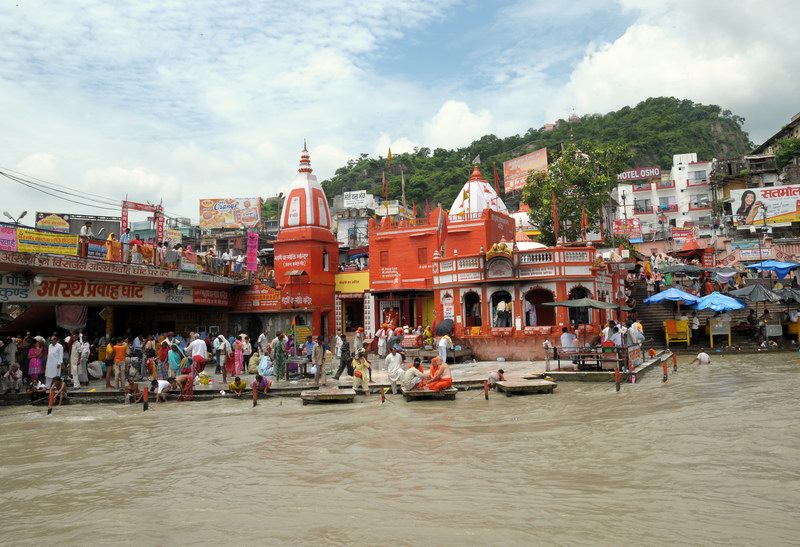
As the holy city lies at the foot of the Shivalik range of the Himalayas Legend goes that when lord Shiva sent Ganga to quench the thirst of the people, she extricated herself from the matted locks of Lord Shiva and descended to the plains at Haridwar. From here, the Ganga proceeds eastwards and southwards through Allahabad, Varanasi, Patna, Calcutta towards Ganga Sagar, where it meets the sea.
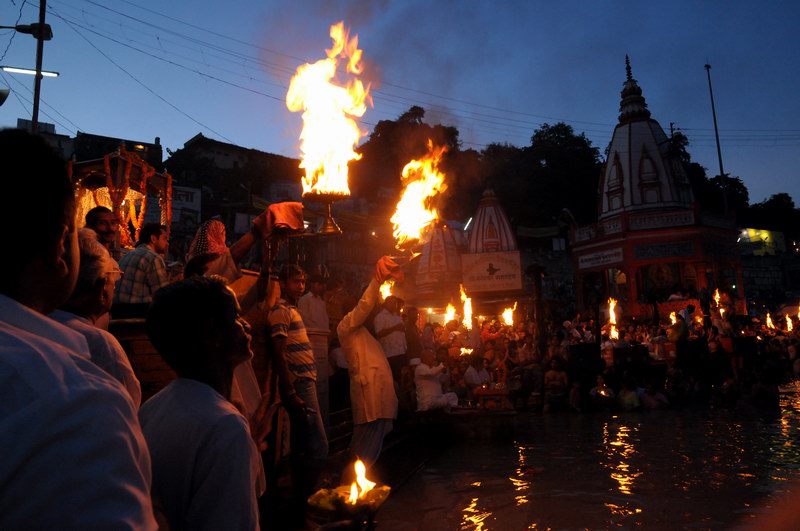
The holy city of Haridwar is home to some of the Most sacred Hindu rituals.
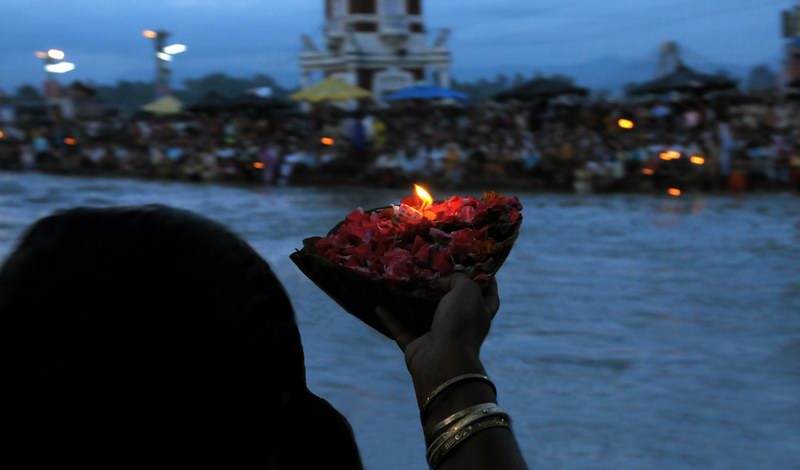
Round the year, devotees from all over the country flock here in their thousands to perform "Poojas" or prayers.
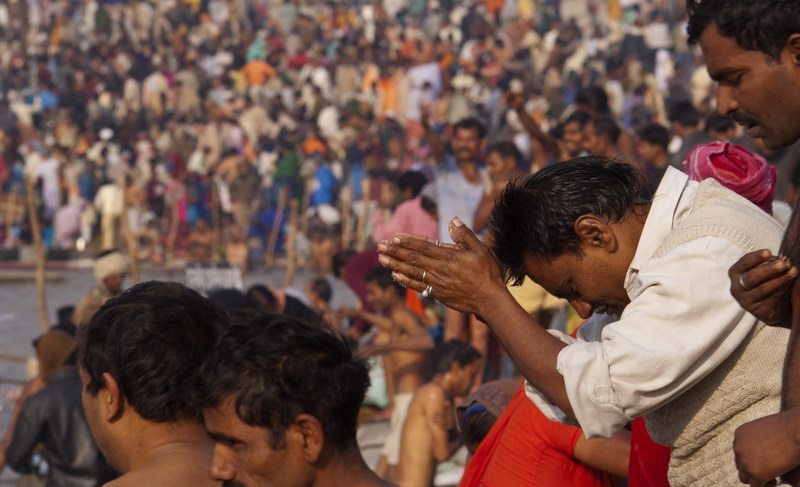
Longing for eternal and immortal.
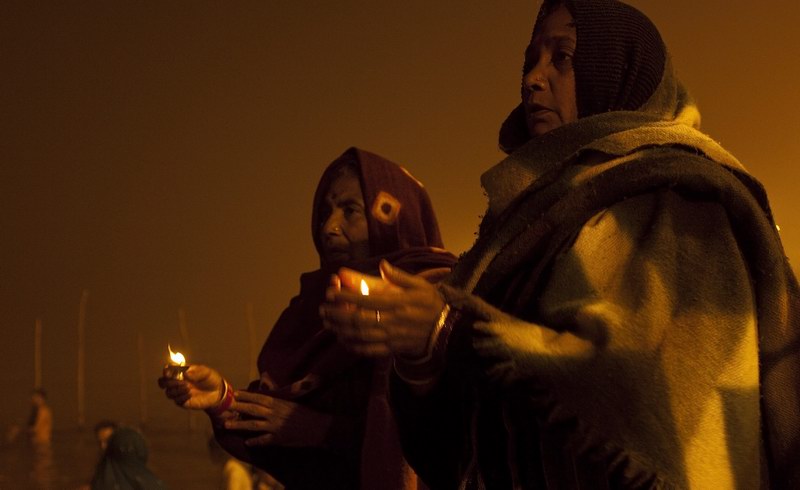
For devoties here time stopes and they dive into Sanathan Dharma - eternal relation between human and God.
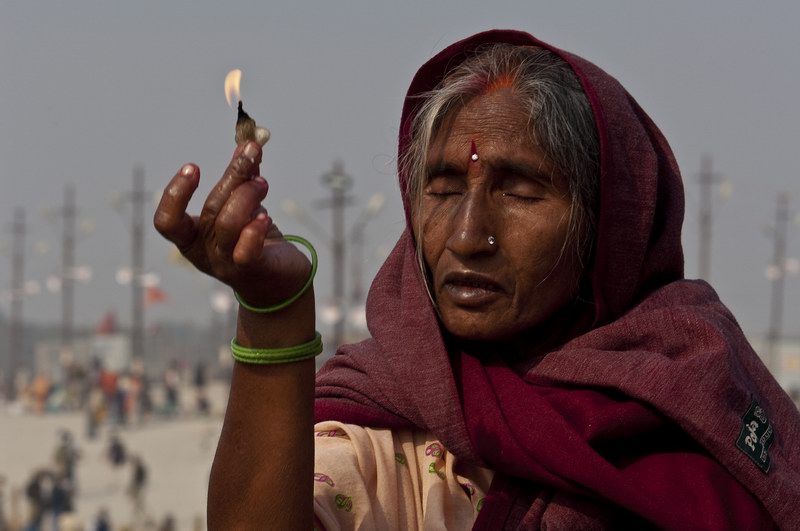
Haridwar is known for the Kumbh and Ardh Kumbh fairs that are held marking the 12 years solar cycle. Millions of devotees and visitors, take a dip in the holiest of Hindu rivers at this time, to attain salvation. The another attraction is the enchanting "Aarti" at "Har Ki Pauri" which captives the beholder with hundreds of burning wick lamps floating down the Ganga, this town has been distinguished for centuries in the Indian society. It is said that you can attain salvation by praying to Lord Vishnu (Hari) or Lord Shiva and hence this sacred spot is known both as Haridwar and Hardwar.
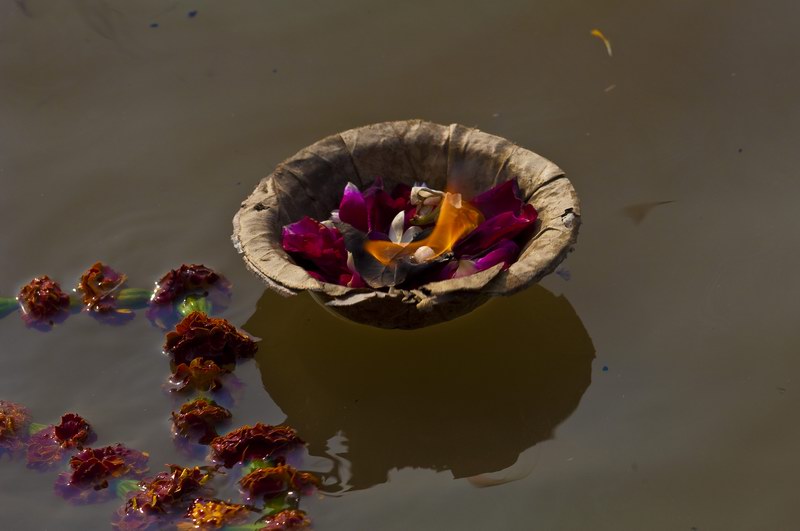
On Kumbha Mela
Kumbha Mela is a mass pilgrimage. It occurs four times every twelve years and rotates among four locations: Prayag (Allahabad) at the confluence of the Ganga and Yamuna and mythical Saraswati river, Haridwar along the Ganga river, Ujjain along the Kshipra river and Nashik along the Godavari river.
The Ardh Kumbha Mela is celebrated every six years at Haridwar and Prayag, while the Purna (complete) Kumbha always takes place at Prayag every twelve years.
Over 45 days beginning in January 2007, more than 17 million Hindu pilgrims took part in the Ardh Kumbha Mela at Prayag, and on January 15, the most auspicious day of the festival of Makar Sankranti, more than 5 million participated. The Maha Kumbha Mela ('Great' Kumbha Mela) which comes after 12 'Purna Kumbha Melas' which is after every 144 years is also held at Allahabad.
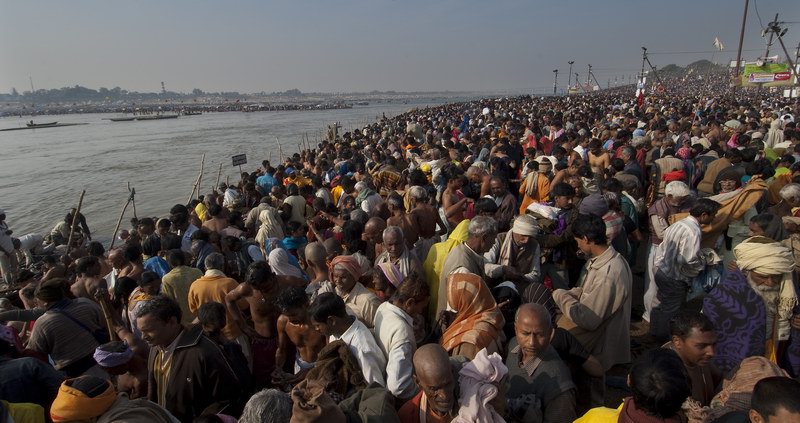
The 2001, Maha Kumbha Mela was attended by around 60 million people, making it the largest gathering anywhere in the world.
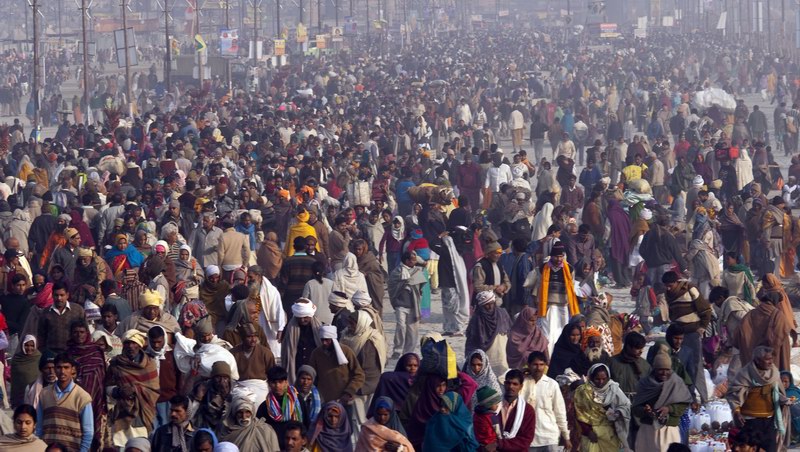
Kumbh Mela has gained international fame as «the worlds most massive act of faith».
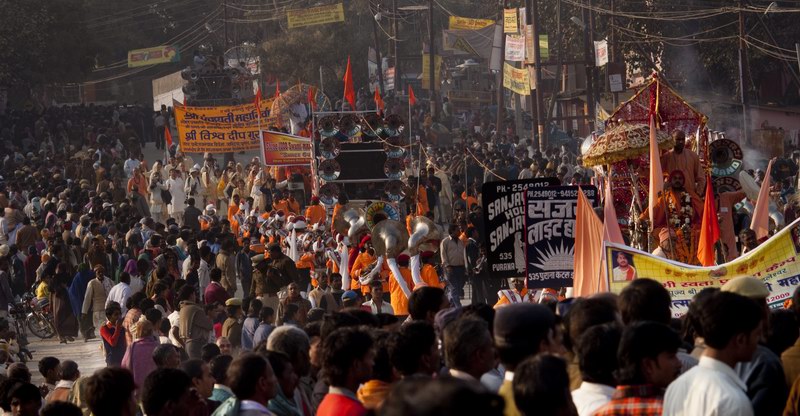
Bathing in these rivers during the Kumbhaa Mela is considered an endeavour of great merit, cleansing both body and spirit. The Allahabad and Haridwar festivals are routinely attended by five million or more pilgrims; the Kumbhaa Mela is the largest religious gathering in the world.
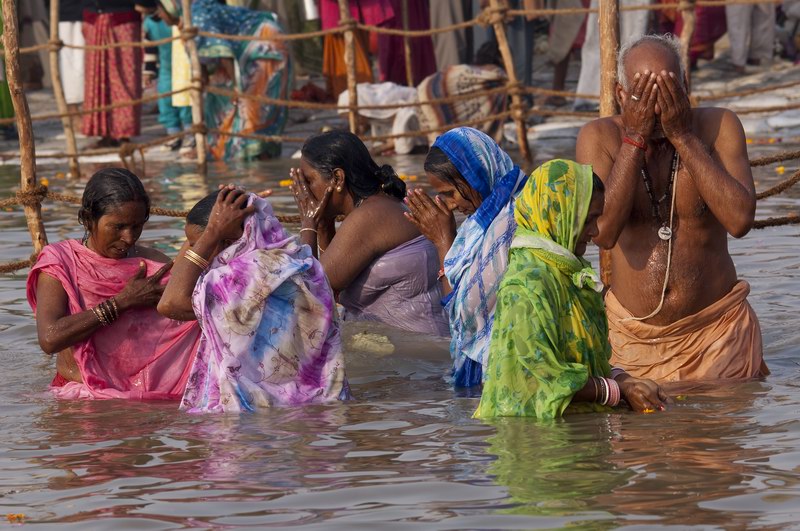
The main highlight for most pilgrims during Kumbh Mela is the observance of sacred bath at the sangam.
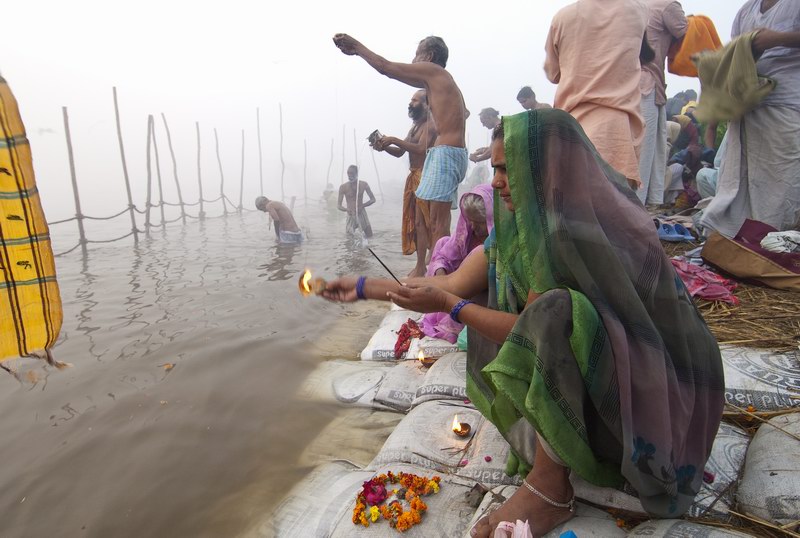
A moment of humbleness, devotion and hope.
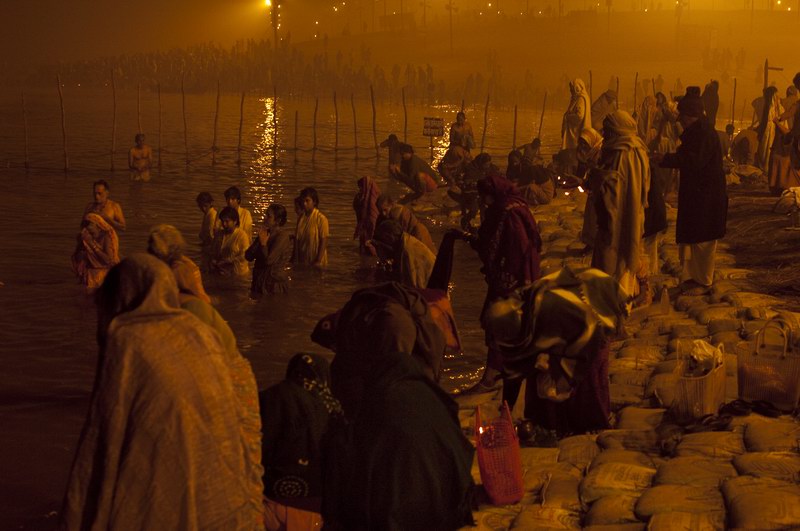
Two traditions are in circulation regarding the origin and timing of the festival: one that stems from ancient texts known as the Puranas, and the other that connects it with astrological considerations. According to the Puranic epic, the gods and demons had churned the milky ocean at the beginning of time in order to gather various divine treasures including a jar containing a potion of immortality - Ambrosia. As the jar emerged from the ocean the gods and demons began a terrific battle for its possession. During the battle, which according to one legend the gods won by trickery, four drops of the precious potion fell to earth, when Jayantha the son of the chief deity Indra carried the jar (Kumbhaa) that held the ambrosia in the form of a giant bird - these places became the sites of the four Kumbhaa Mela festivals, according to another legend he ran away with the jar and hid them on twelve locations on earth where few drops of ambrosia fell, four of these places are known and identified as the four sites for the Kumbha Mela, the other eight locations are being researched by our team
At some later time the term 'Kumbhaa' was prefixed to the Melas held at Prayaga, Ujjain, and Nasik and these four sites became identified with the four mythical locations of the immortality potion - Ambrosia. In theory the Kumbhaa Mela festivals are supposed to occur every three years, rotating between the four cities. In practice the four-city cycle may actually take eleven or thirteen years and this because of the difficulties and controversies in calculating the astrological conjunctions. Furthermore the interval between the Kumbhaa Mela at Nasik and that at Ujjain is not of three years; they are celebrated the same year or only a year apart.
Photos of Swamiji and his disciples in previous Kumbha Melas.
2007. Ardh Kumbh Mela at Prayag (also known as Allahabad).
Each drop is elixir of life. Drops coming from Gurudev will never evaporate from our souls.
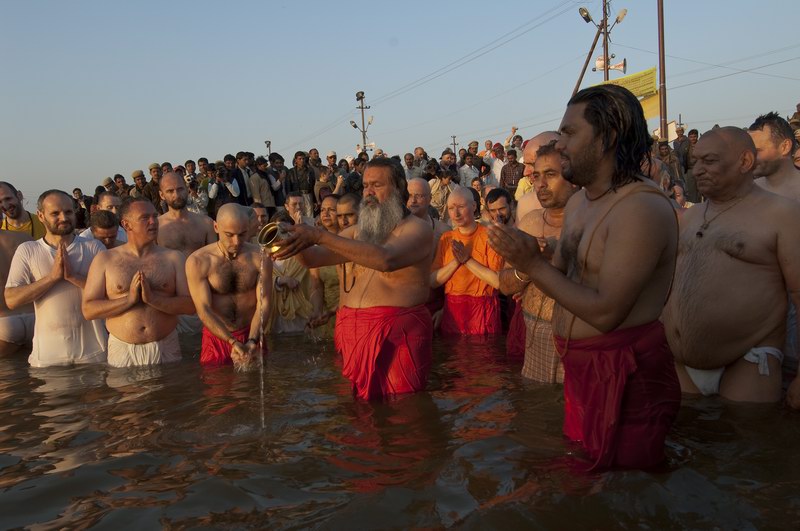
Such moments of unity gives a tremendous strenght and courage to continue our spiritula journey, back home, back to completeness.
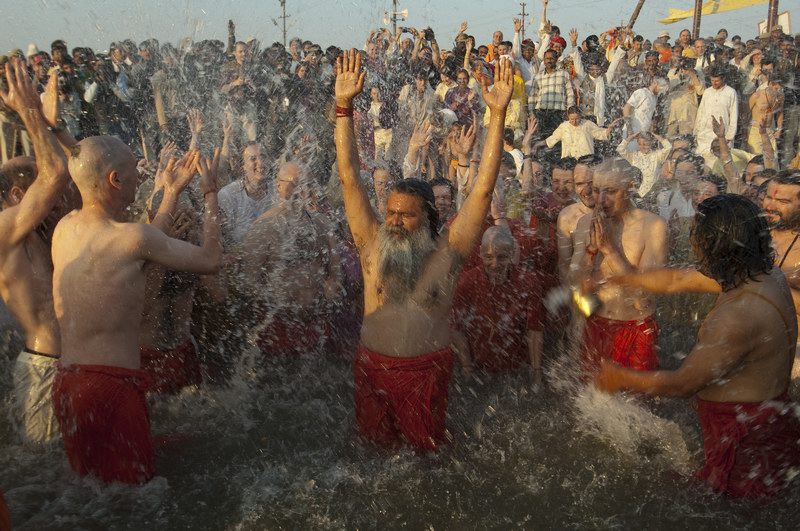
Swamiji and his disciples on the way from Holy bath.
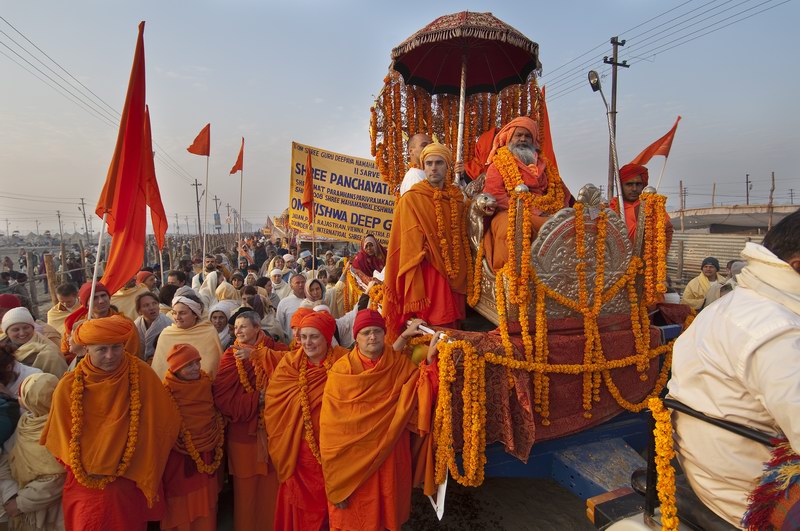
The camp of „Yoga in Daily Life“ had its own life. Every morning asanas were practiced in order to keep bodies fit for daily activities.
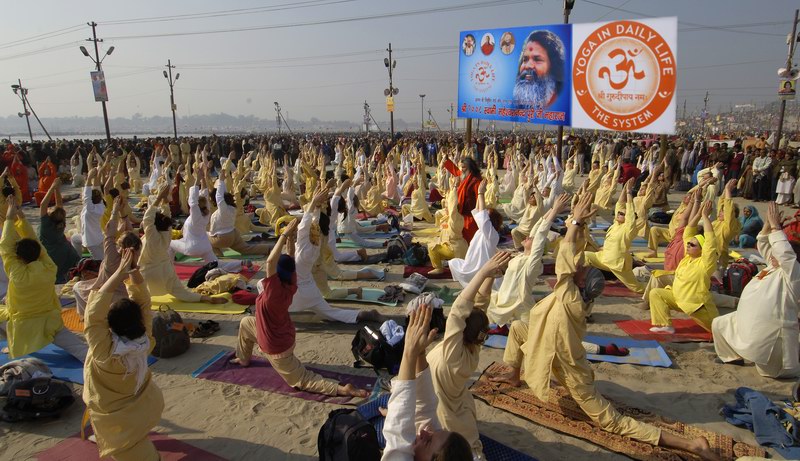
Pranayam recharged the energy and awareness.
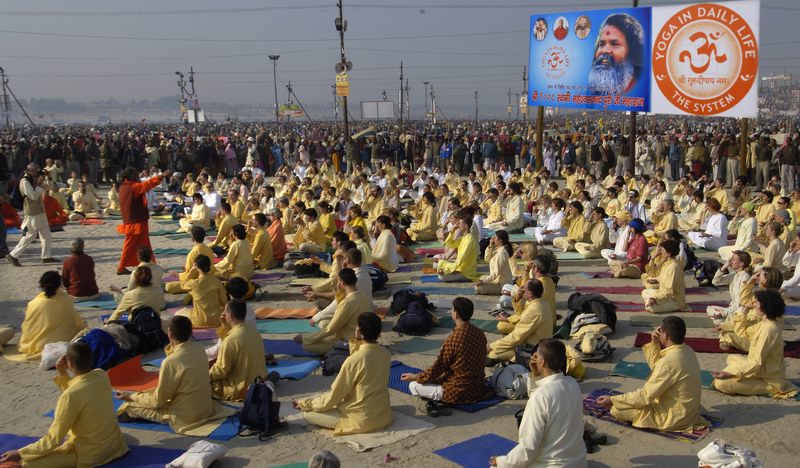
In the presence of Mahatma and surrounded by spiritual seekers, one expiriences that the Earth is not so hard and the Heaven is not so far.
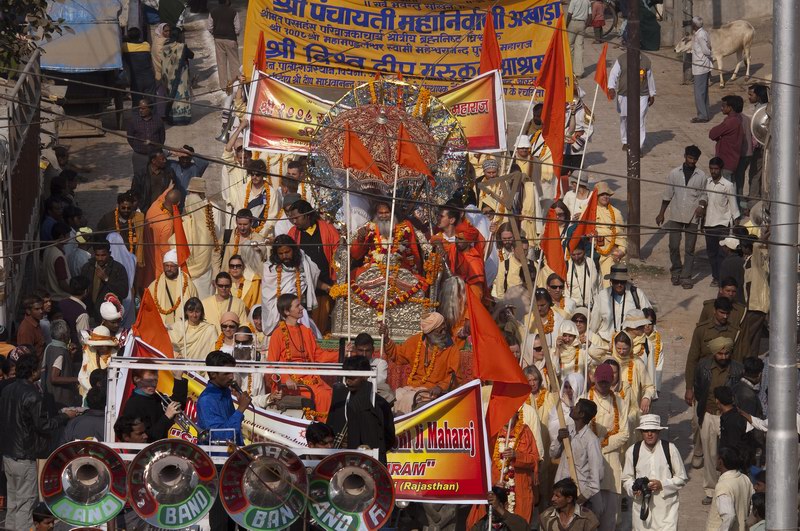
Swamiji in focus of media answeres questions about yoga and spirituality.
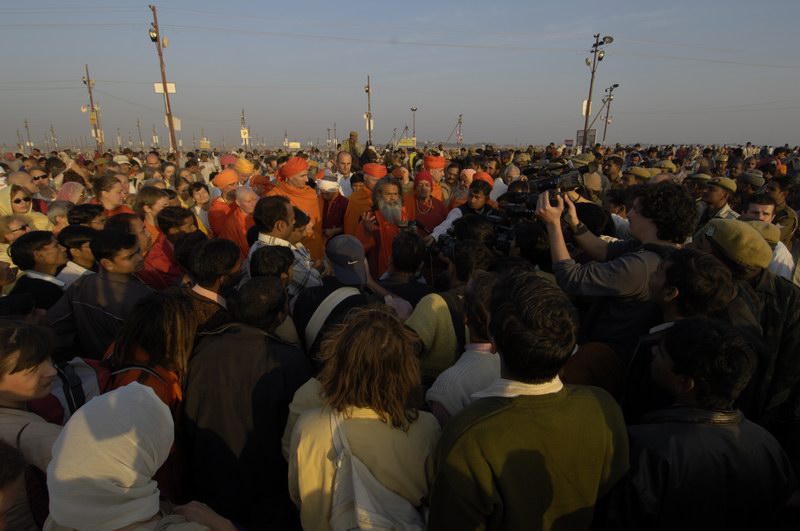
Blessing of Gurudev.
